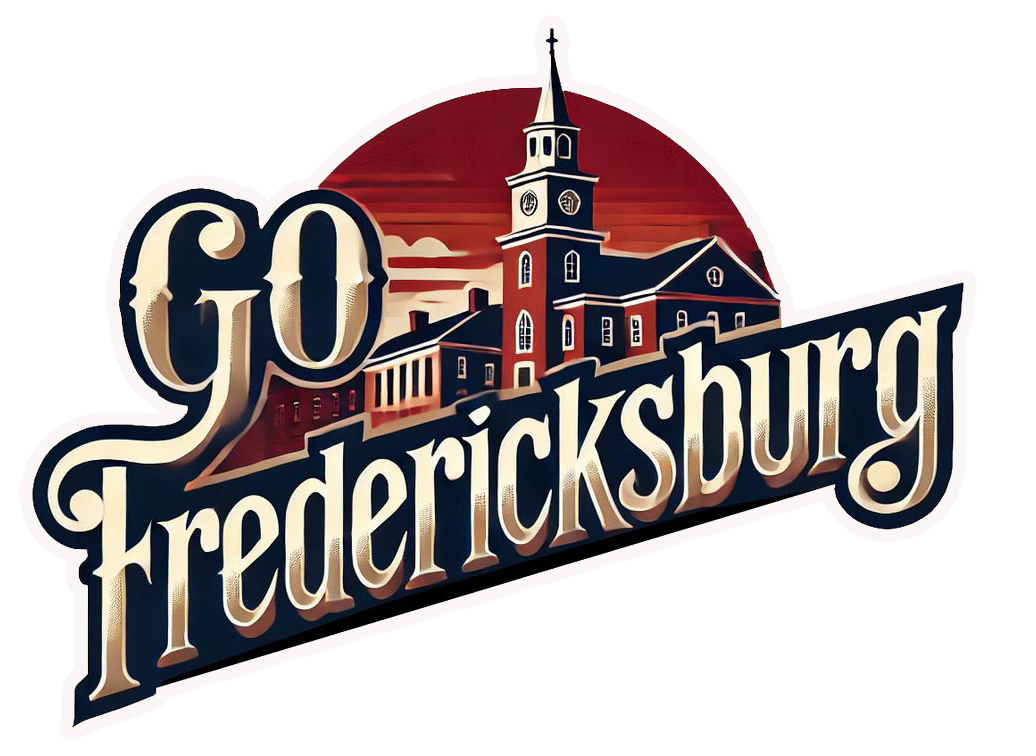Welcome, everyone, to a journey through the grand spectacle that is the Super Bowl – a riveting blend of sportsmanship, entertainment, and cultural symbolism that cocoons the American spirit. Once a simple championship football game, the Super Bowl has metamorphosed into a cultural titan, captivating tens of millions of viewers across the United States and beyond. Its inception, rooted in the merger of the NFL and AFL, might have been a straightforward solution to a sports rivalry, but the Super Bowl quickly transcended its primary purpose. It’s not just a game; it’s a phenomenon, largely propelled into the national consciousness through the democratizing power of television. As described by TIME magazine in 1977, it’s the nation’s single largest shared experience, echoing the social and cultural impact of presidential elections or moon landings.
The Start
From the humble beginnings and the quirkily suggested name by Lamar Hunt, after a children’s toy, no less, to become an unofficial national holiday, the Super Bowl’s journey is nothing short of spectacular. The very first game, despite not selling out and featuring entertainment far removed from today’s star-studded halftime shows, laid the groundwork for what would become an annual extravaganza. The Green Bay Packers victory in 1967 marked the start of a legacy, with legends like Vince Lombardi and Bart Starr setting high standards for the games and performances that followed. Fast forward to recent years, and the Super Bowl has seen teams like the Pittsburgh Steelers and the New England Patriots achieve legendary status with six wins each. The game itself has evolved, hosting unforgettable moments such as the San Francisco 49ers’ record-breaking win in 1990 and the New England Patriots’ jaw-dropping comeback in 2017.
The Impact
But the Super Bowl’s significance extends far beyond the gridiron. It’s a force of cultural and social impact that shapes advertising, music, and communal identity in profound ways. Each year, companies vie for the coveted advertising slots during the game, knowing that it’s their best chance to reach tens of millions of eyeballs in a single go. The ads themselves often become topics of conversation, symbols of creativity, humor, and sometimes controversy, reflecting and shaping societal trends and discussions. Then there’s the halftime show, which has grown from modest beginnings to become a global concert stage, hosting performances by some of the biggest names in the music industry. These moments, shared and discussed across countless living rooms and social media platforms, stitch together a communal tapestry, making the Super Bowl an event that transcends sports.
The American Culture
Beyond its entertainment value, the Super Bowl serves as a mirror to American society, reflecting its values, tensions, and aspirations. Whether it’s through the narratives built around the teams and players, the patriotic displays, or the advertisements that try to capture the zeitgeist, the Super Bowl offers a window into the cultural soul of the nation. It’s a day when differences are set aside, and millions share in the highs and lows of the game, reveling in the shared human experience of watching, cheering, and, sometimes, mourning. In a country as diverse as the United States, the Super Bowl stands as one of the few unifiers, a testament to its incredible power as a cultural phenomenon.
2025 Super Bowl
So, as we gear up for the 2025 Super Bowl, let’s not just look forward to the plays, the scores, and the performances but also reflect on the incredible journey this event has taken. From a simple championship game to a national spectacle, the Super Bowl has truly become a fundamental part of America’s cultural and social landscape. For our local community, it’s an opportunity to come together, to celebrate, to enjoy the thrill of the game, and to be part of a shared experience that touches millions of hearts across the nation. Here’s to embracing the Super Bowl spirit – may it continue to bring us together and showcase the best of sports and society.

